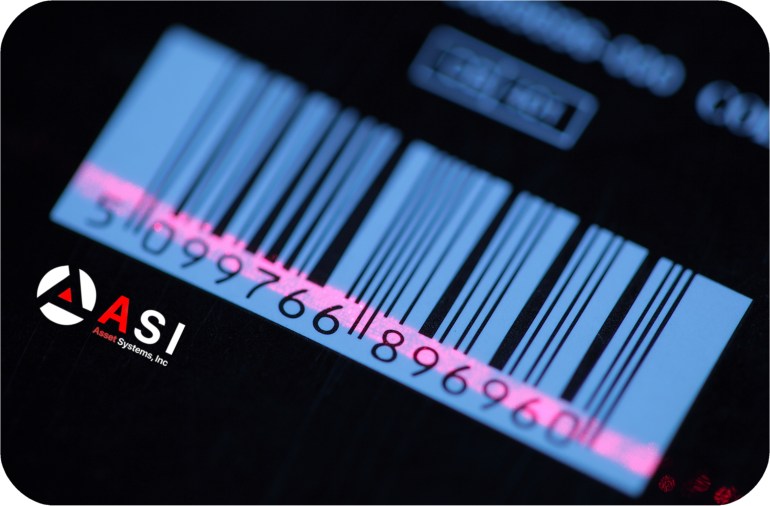Asset Tracking and Proper Tagging

In talking to a software executive recently who was considering implementing an asset tracking solution, the subject of asset numbers came up. He was surprised to learn that best practices in the industry suggest that new, unique numbers be assigned to each asset and represented in an electronically readable form. Why, he wondered, should we add yet another number when we already have so many: serial number, service tag, mac address, network address, an old tag number from the legacy system, accounting system ID and so on.

He shares this notion with many others lacking real world experience with asset tracking, but the truth is that it is rare that any previously assigned number can be easily used for asset management for the following reasons:
- They are not discreet. For example, the computer used for preparing this document has four MAC addresses. Often, numbers that appear unique are product or production codes that are assigned too many items.
- They are not durable. Labels used to control items during production and distribution usually do not have protection from abrasion and ordinary wear. A label does no good if it cannot be read.
- They are not visible. A network or IP address that is stored internal to a computer is impossible to field verify.
- They are hard to find. Accessing the bar code on a cell phone requires that the battery be removed. In other cases, tags are not placed in consistent locations across assets resulting in considerable time spent during an inventory to just find the asset label.
- They are hard to read. For a barcode-based system to work efficiently, the labels should have a first time-read rate of 99%. Many labels applied by manufacturers fall far short of this standard because they are temporary, low-quality labels. Moreover, improper applications can render an otherwise valid label useless.
- They are hard to use. For example, serial numbers applied by manufacturers are designed for their requirements without concern for future asset tracking.
- They may be too long, too short, contain invalid characters or be improperly formatted for asset management. Even if another label passes all of these tests, the greater concern is the future.
